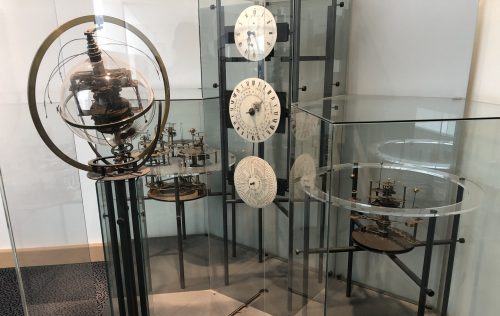
William Gosset
(Essay found in Nesselroade & Grimm, 2019; pgs. 267-268) William Gosset (1876–1937) developed the t distribution as well as the independent- and dependent-samples t tests. After receiving a degree in chemistry and mathematics from Oxford, Gosset was hired by the Guinness brewery in Dublin in 1899. Around the turn of the century, many companies, especially in the agricultural industry, attempted to apply a scientific approach to product development. A typical research question would have been, “Which fertilizer will produce the largest corn yield?” or “What is the best temperature to brew ale so as to maximize its shelf life?” Until








